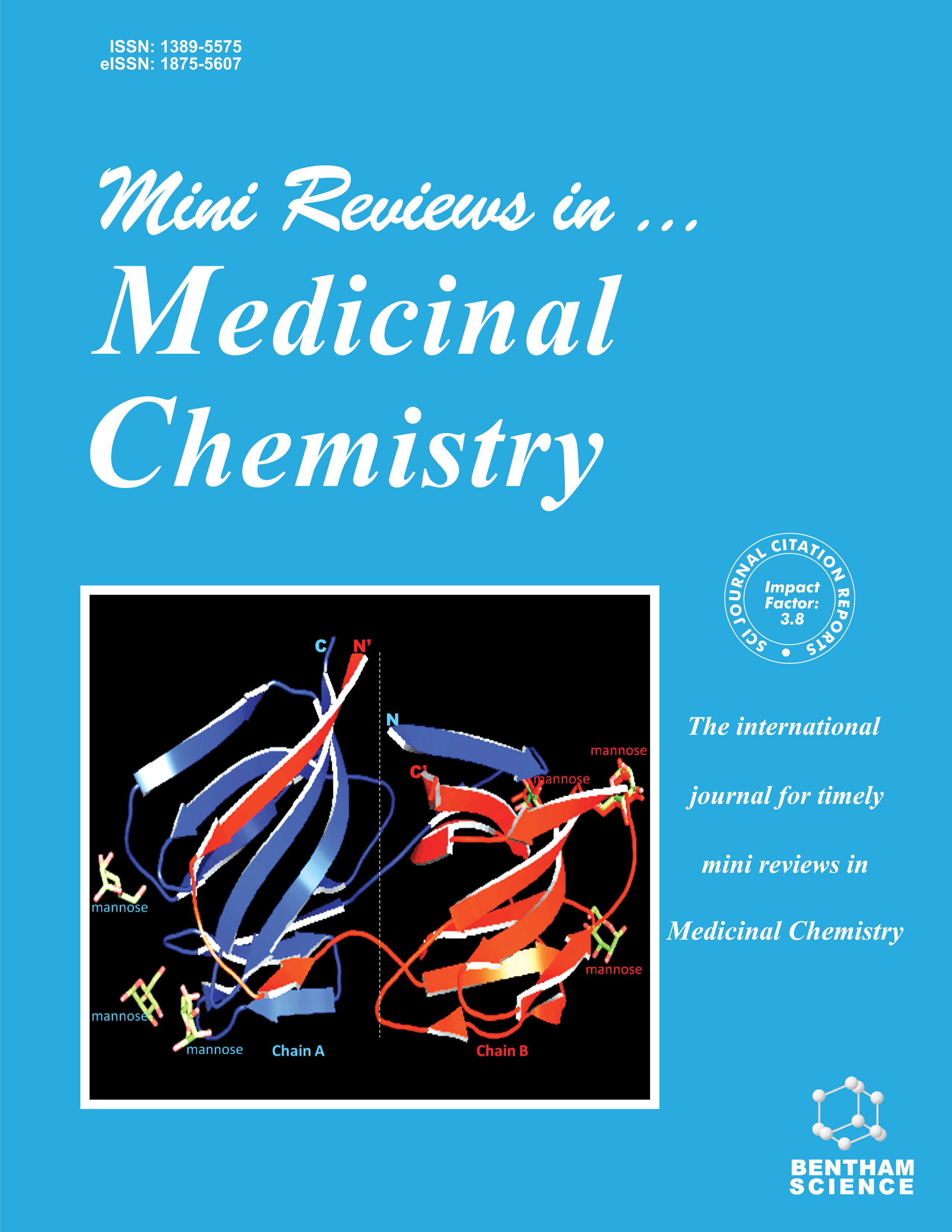
Full text loading...
We use cookies to track usage and preferences.I Understand
Quinoxaline molecule has gathered great attention in medicinal chemistry due to its vide spectrum of biological activities and has emerged as a versatile pharmacophore in drug discovery and development. Its structure comprises a bicyclic ring of benzopyrazine and displays a range of pharmacological properties, including antibacterial, antifungal, antiviral, anticancer, and anti-inflammatory. This study aims to summarize the different strategies for the synthesis of quinoxalines and their anti-inflammatory properties acting through different mechanisms. Structure-activity relationships have also been discussed in order to determine the effect of structural modifications on anti-inflammatory potential. These analyses illuminate critical structural features required for optimal activity, driving the design and synthesis of new quinoxaline analogues with better anti-inflammatory activities. The anti-inflammatory properties of quinoxalines are attributed to their inhibitory action on the expression of several inflammatory modulators such as cyclooxygenase, cytokines, nuclear factor kappa-light-chain-enhancer of activated B cells (NFκB) and p38α Mitogen Activated Protein Kinase (p38α MAPK). Activators of nuclear factor erythroid 2–related factor 2 (NRF2) and agonistic effect on opioid receptors have also been discussed. Hence, this study may provide a future template for the design and development of novel quinoxaline derivatives acting through different molecular targets as potential anti-inflammatory agents with better efficacy and safety profiles.

Article metrics loading...

Full text loading...
References


Data & Media loading...

